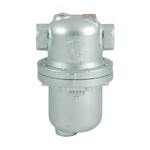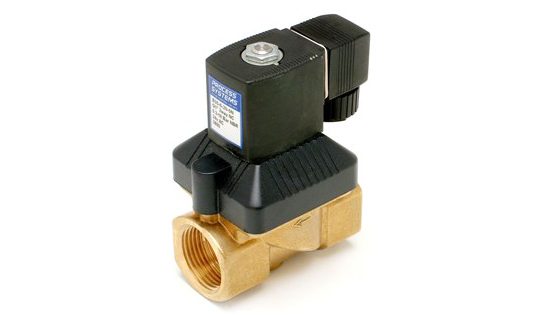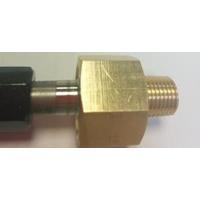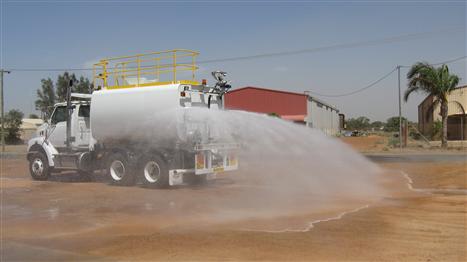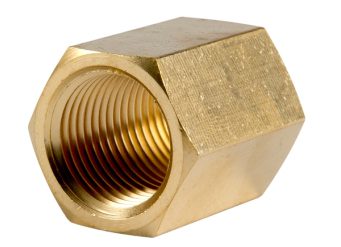How Battery Technology is Slowing Down the Tech World
Drones, tablets, and smart appliances are just the tip of today’s technological iceberg. Innovations seem to come out of the woodwork every few months, thrilling consumers.
Which sector of the tech industry is dragging its heels? Battery innovation. Those classic AA batteries you slip into your remote control are basically unchanged from the 1980s and 1990s. The technological world needs more power-efficient batteries, and soon. Those we have are simply slowing down the pace of innovation.
Inching Along
The current pace of development in the battery world is SLOW. (Researchers say it moves at a snail’s pace.) You’ve probably seen amazingly impressive new products introduced on a regular schedule each year. The batteries in these devices, however, are old technology.
Most battery innovators are still using the basic lithium-ion battery. Although this battery has served well for decades, it has serious limitations in today’s advanced gadgets. Researchers have attempted to improve upon this battery’s design by making it last 5% longer each year. And that’s not just a boon to consumers’ wallets: it’s also a step in the right direction for industry alignment with global demands for cleaner, more sustainable energy. A battery that stores more energy needs to be replaced (and manufactured) less often, thereby wasting fewer resources.
Hiccups and Jump Starts
It’s not that manufacturers never tried to improve upon the lithium-ion model. Technological tweaks continued to be made even after it became the standard. Current innovators continue to experiment, but most of their products don’t see the light of day for the simple reason that battery technology is incredibly complex. Change one element of the design and you’re faced with a host of other issues, like flammability, durability, and charging limitations.
Not only that, but new battery materials must be tested over many years. By the time testing has been completed, that manufacturer may not be in business anymore.
The Design Factor
Another facet of battery technology that continues to plague the industry is product design. Consumers want convenience, and lithium-ion batteries provide that comfort level. Electronics designers creating the newest gadgets are basing all of their circuits on lithium-ion batteries. If they design a product to work with a more energy-efficient, “greener” battery, sales may falter because of consumer confusion. Consumers may view the product as “too complicated” because of the specialised battery.
All batteries degrade, and most must be replaced many times within the lifetime of the product they power. A more efficient battery costs the consumer less money in the long run because it needs to be replaced less frequently. This is good news for the environment, as well. Where do degraded batteries go but landfills? And it takes power to manufacture batteries. The more batteries that must be made, the more fossil fuels burnt and the more carbon emitted into the atmosphere.
Going forward, it’s likely that more manufacturers will opt to create production facilities that are environmentally sustainable. We did in 2017. Our offices and factory are require no electric lighting on a daily basis. Even our electric forklifts are charged using solar power.
Slowing the Technology Race
Although designers may hesitate to integrate new battery styles into their products, they know a significant leap must occur. The whole tech world is leaning towards more energy-efficient products: products that last longer, require fewer resources to manufacture, save customers money, and reduce carbon emissions. We even see a trend of top manufacturers purposefully slowing their innovations to match the pace of battery development. It’s unrealistic for them to add more bells and whistles to their products until a better energy source is available.
These are just a few industries being held back from advancement by the lag in battery technology development:
- Electric car manufacturing
- Drone innovations
- Defense (law enforcement and military)
Government and private enterprises continue working tirelessly on the energy-source dilemma. Within the next several decades, changes must be made in order to keep up with the rest of the world, which continues to head irreversibly in the direction of alternative energy.
Funding and Diversity Issues
It’s not just design and enterprise holding back battery advancement. There are logistical problems, too. Take a look at any battery section in a store. You see dozens of different sizes and power levels. Changing the chemistry or materials within a single battery may not work for the next size and power level. If you can’t fit a new AA battery into your product, you’ll still reach for the lithium-ion technology.
Funding is also an issue. Because so many different industries rely on batteries for their products, no clear funding pathway has yet emerged. Just a few of the interested parties work in the automotive, scientific, military, and medical fields. Need is divided across so many sectors that any streamlined funding is effectively hindered.
Alternative Power
With so many obstacles to battery improvements, the public might think it’s stuck with lithium-ion power for life. However, some small advancements are being made. In fact, some of these innovations are already available to the public. A battery that harnesses the power of photosynthesis is making waves. Charge your phone by placing this battery system near a plant. Alternatively, use your skin as a charging station. The latest batteries pull power from the friction created by your skin and an attached wristband.
Batteries that can recharge without using electricity generated by fossil fuel burning will be in consistently greater demand going forward. Alternative energy sources–wind, water, solar–are increasingly being harnessed as concerns about climate and environment grow. In the process, new jobs are created, water and air are spared pollution, and money is saved. And if you can conveniently charge a battery anywhere, for free, your device can get back to work faster.
Building on Metal Theory
Alternative power sources are unique, but most researchers are still working with metals, slightly altering the lithium-ion battery to improve upon its functions. These battery technologies are becoming some of the best contenders, including sodium ion, enhanced fuel cells, and solid state.
Flexible or foldable batteries are also being experimented with, since as our gadgets get smarter, they also get smaller. Expect to see some of these technologies hitting the market in the next 10 years.
Energy Companies Welcoming the Battery
Companies that dealt with electricity and gas in the past used to look upon batteries as competition. Currently, energy companies perceive batteries as a conduit to better and expanded services. These businesses are now reaching out to battery producers in order to further the science and applications. As a result, this industry is poised to flourish as battery technology advances.
Battery Efficiency Equates to Environmental Care
In the past, every battery had a flammability risk. There are still some risks, but they’re minimal. In fact, environmentalists see batteries as a safe way to move energy into areas that haven’t had real resources before. Rural or remote areas have a chance to open up to new industries, which equates to jobs and better quality of life.
Safe energy is at the heart of battery innovations.
Lithium Factories Buzzing With Activity
Although many materials could potentially appear in future batteries, some researchers are avoiding the reinvention of the wheel and looking instead at batteries made out of lithium air or lithium sulfur. Because these materials build on the iconic lithium-ion battery, they may see the light of day faster than other designs. Energy needs continue to grow, so research will expand in kind.
From advancing chemistry to harnessing research funds, battery innovations undoubtedly have a long way to go. However, there’s hope in this industry because of many dedicated people. Time and demand will ultimately speed up the pace of battery innovations. Your electric car of the future will be able to go farther on one charge than ever before when the latest battery advancements hit the market.
Recent Blogs
Date Posted: 21 November 2024
International Valve Leakage Testing StandardsDate Posted: 10 November 2024
Understanding Industrial Grade Stainless Stee




